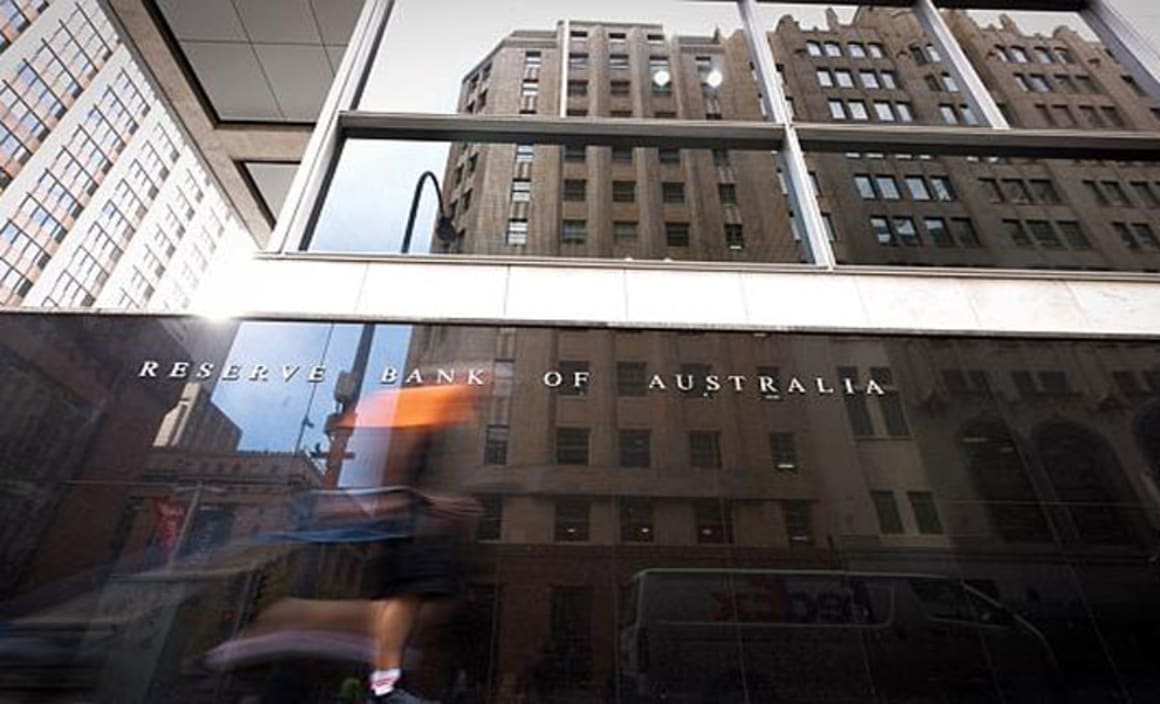The RBA February 2016 hold decision, what it means: CommSec's Craig James

GUEST OBSERVER
The cash rate has been left at a record low of 2 percent for a 9th month (10 months of rates at 2 per cent).
The Reserve Bank Board noted that the "expansion in the non-mining parts of the economy strengthened during 2015.
What does it all mean?
The Reserve Bank adopted a ‘conditional easing bias’ in November. That is, the Reserve Bank indicated at the time that scope existed for lower interest rates “should that be appropriate to lend support to demand.” The Reserve Bank Board didn’t feel the need to act on that bias in December, and nor did it decide to take action at the latest meeting.
And if anything, the Reserve Bank has watered down the ‘easing bias’. It may not have become more hawkish (removed the bias or moved in favour of higher rates) but it certainly hasn’t become more dovish as some commentators expected it would.
The Reserve Bank has clearly become more upbeat on the Australian economy, highlighting lower unemployment, stronger business lending, and above-average business conditions.
However, at the same time the RBA upgraded commentary on the Australian economy, it became a touch more downbeat on the global economy. Not markedly mind you, but clearly if rates were to be cut in Australia, it would be because the global economy had deteriorated: “Recent information suggests the global economy is continuing to grow, though at a slightly lower pace than earlier expected.”
Is the Reserve Bank worried about the recent lift in the Australian dollar? Not in the least. The commentary on the Aussie was brief: “The exchange rate has continued its adjustment to the evolving economic outlook.”
On the housing market, RBA noted: “The pace of growth in dwelling prices has moderated in Melbourne and Sydney over recent months and has remained mostly subdued in other cities. “ In other words, scrub out one of the issues that was on the wall of worry in 2015 – the housing market has become more balanced.
Perspectives on interest rates
The previous rate cut was in May 2015 (25 basis points), taking the cash rate to a record low of 2.00 per cent.
There have been 10 rate cuts since November 2011.
The Reserve Bank had previously lifted rates seven times from October 2009 to November 2010 – a total of 1.75 percentage points, from 3.00 per cent to 4.75 per cent.
What are the implications?
CommSec doesn’t expect any change in the cash rate for the foreseeable future. Underlying inflation remains at the bottom of the 2-3 per cent target band but should lift over 2016 as import prices gradually lift in response to a weaker exchange rate.
If the Reserve Bank was to cut rates it would be because of global factors – certainly not domestic considerations.
With interest rates poised to stay low or potentially move even lower, investors will need to remain pro-active in embracing the best deals on online bank accounts. Borrowers also need to be on guard as fixed-term rates could move either way in coming months. While the US Federal Reserve is seeking to ‘normalise’ interest rates, lower oil prices, sharemarket volatility and uncertainty on the Chinese economy may stay the Fed’s hand.
Craig James is the chief economist at CommSec.